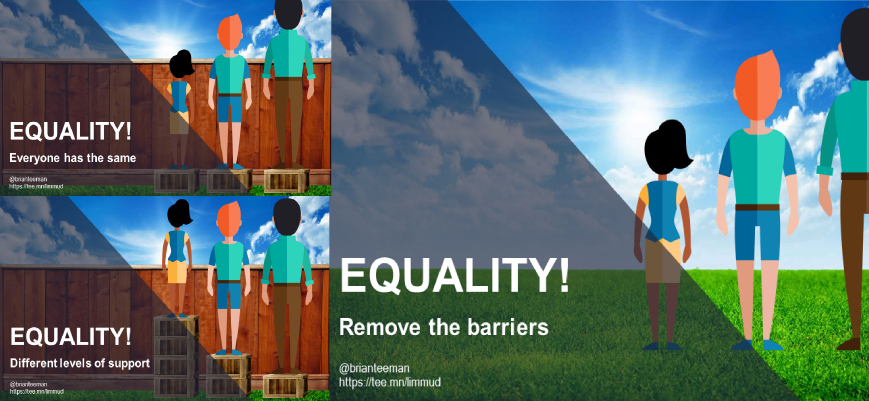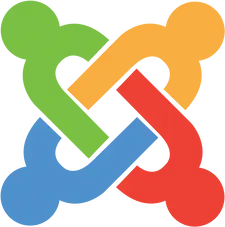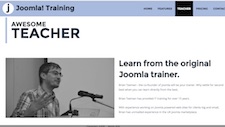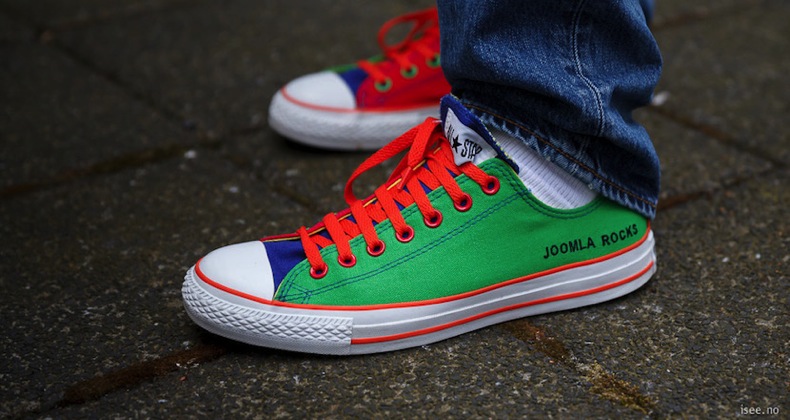Joomla means “all together”. From the founding of Joomla we have taken pride in reducing the barriers to entry. We removed the barrier of cost, we removed the barrier of language and we removed the barriers to change found in a closed source application.
For many years we have talked about responsive web design - the ability to use a website on any device. What we don’t talk about is responsible web design - the ability for everyone to use a web site equally.
So what is Responsible Web Design (RWD)?
You’ve probably not heard of the term, I think I just made it up, but you will certainly have heard of accessible web design or accessibility - ensuring that people with disabilities can use your web site.
“Disability is the only minority group that ANYONE can join at any time in their life. So it's in ALL our best interests to think about it.” Molly Burke
When I talk about accessibility I find it clearer to think of the german term, barrierefrei, meaning “free from barriers”. In other words making an accessible web site is not about adding things specifically for people with disabilities. It is about removing barriers so that everyone can use the web site and experience the same features.
RWD is building a web site that works for everyone.
We don’t make a website accessible by adding a widget. We do it by writing robust, standards based code from the beginning.
Why should I care?
Every day I hear a wide range of reasons given for why you did not care about making your web site accessible.
- It’s the law - but it doesn’t apply to my site
- I can just add a widget and it’s all ok
- Blind people won’t want to read my web site
- Colour blindness isn’t a big issue
- It’s going to cost me too much
- It’s going to take me too long
- I don’t want my website to look ugly
- Not that many people have accessibility issues
- People can just use a screen reader
Every day I hear a wide range of reasons given for why you should care about making your web site accessible.
- It’s the law
- 15% of the population have a disability
- You will lose business if you don’t
- Google prefers accessible web sites
They’re all wrong!!
You should care because it is the right thing to do.
You say you wouldn’t discriminate against someone because of differences in their race, religion, gender or sexuality. So why is it OK for you to discriminate against someone because of a physical difference? It is not. Nor do I truly believe anyone reading this believes that to be OK either.
“Do the right thing. It will gratify some people and astonish the rest.” Mark Twain
What does this have to do with Joomla?
Joomla is not a tool that will magically make your website accessible to all. No software can ever do that. What Joomla can do and what we’ve been really working hard on with Joomla 4 is to make sure that everyone is able to build a website with Joomla. That Joomla will not produce inaccessible code and that Joomla gives you the tools you need to ensure accessibility is part of the building process and not something done afterwards.
So what has changed with Joomla 4?
We've made hundreds of pull requests to Joomla 4 to improve accessibility and remove barriers when using Joomla. Most of them, none of you will ever see.
“Working on @joomla accessibility with @brianteeman. These folks take it seriously, which is totes refreshing. “ Bruce Lawson
Using semantic markup such as landmarks, regions and headings together with limited use of ARIA roles, we have been able to remove many barriers faced by non-mouse users. Using a keyboard or screen reader is easier because of logical navigation, tab orders and dynamic skipto links.
When you look at a table or field you can easily comprehend it, see labels and sort orders no matter how the code was written. Without compliant markup such as including fieldset legends, table captions and input labels a non-visual user does not get the same information. By following the existing HTML standards for tables and fields etc, we are able to provide everyone with the same rich editing experience that sighted users have.
Did we have to do anything special to achieve this?
No, not really. Almost every change and improvement has been done by just ensuring that the code follows the standards. There was no need to re-invent the wheel. The wheel was already round we just weren’t always using a wheel and tried to use a brick instead.
Ensuring that you write accessible code from the beginning requires a mind shift for many people. It’s just like when the web pushed us to write responsive code. It takes a little bit of extra thought at the beginning but in a short time you will be writing accessible, standards compliant code by default.
Anything Special?
Tomorrow I will share three of the new tools and functions that will hopefully be present in Joomla 4.
So is Joomla 4 Barrier Free?
Not yet and I don’t believe it can ever be. There will always be more to do, more barriers that we can remove and newer techniques and standards to adopt.
All we can do, and all anyone will ask you to do is to “just to do the right thing”.






